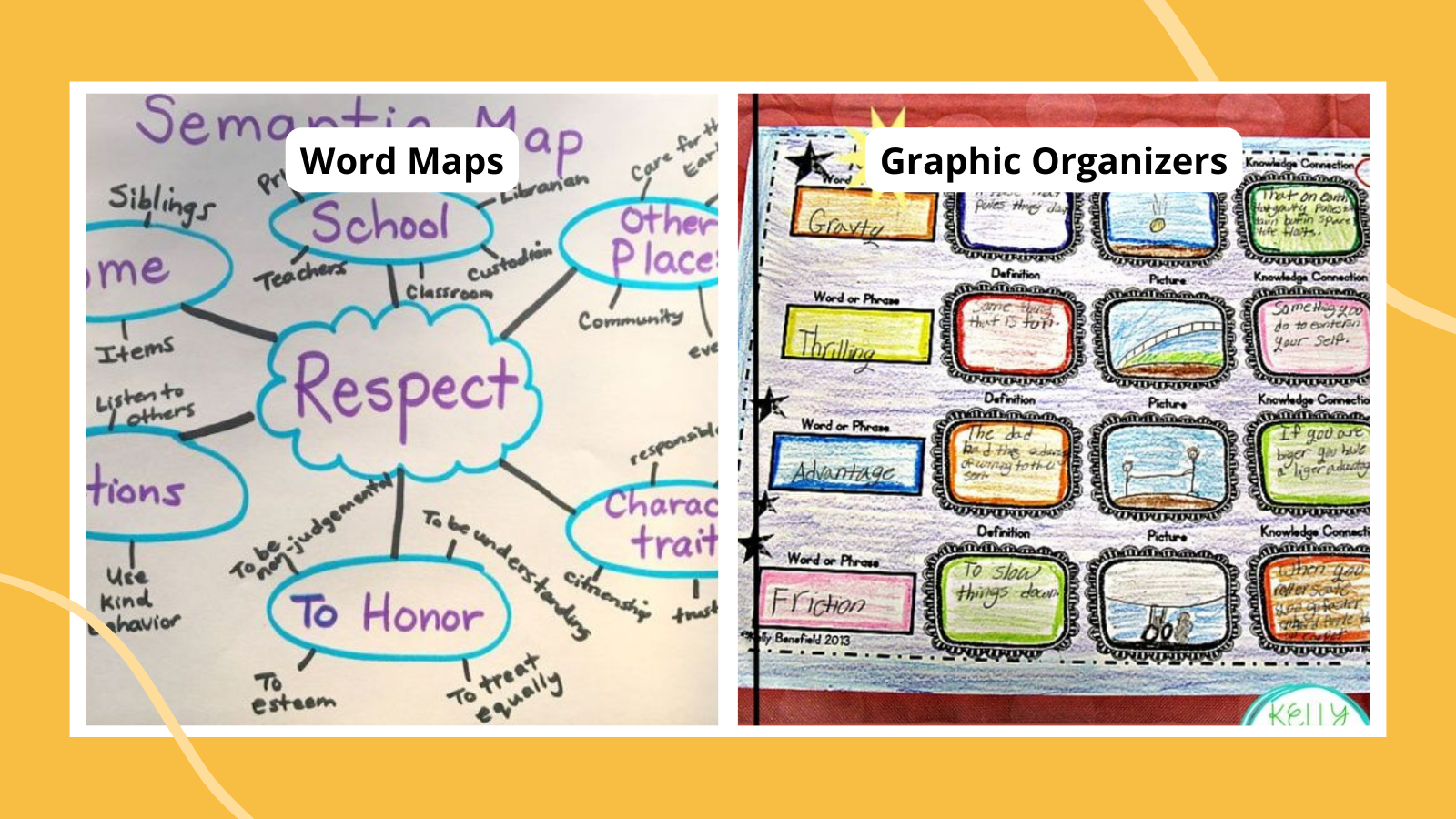

Learning new words is like adding to your writing toolbox. The more tools available, the more interesting and engaging your writing becomes. Check out these fun and engaging vocabulary activities for kids in grades K-12, and supply your students with the tools they need to build their wordsmith skills.

Using vocabulary words in writing shows mastery. Challenge your students to use all of their vocabulary words in an original short story. Allow students to pair up and share their stories with a partner.
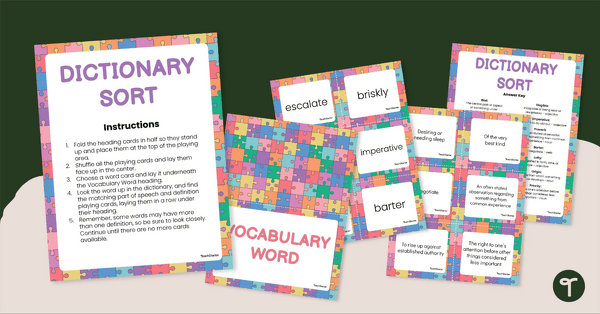
Download these vocabulary words and matching definitions. Distribute one card to each student (either a word or a definition). Allow students to circulate in the room and find their “match.” Switch cards and repeat.
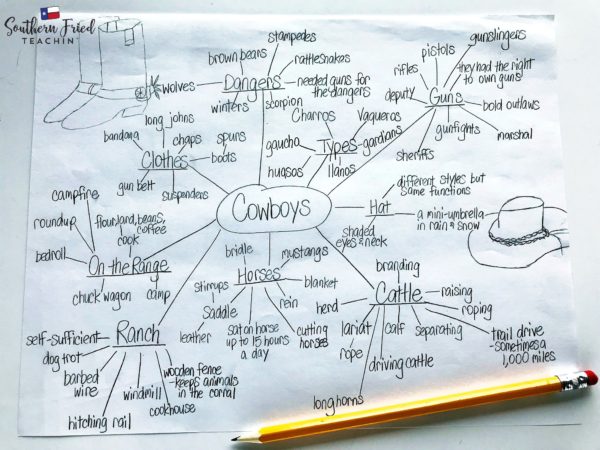
Creating word maps from vocabulary words encourages students to find the relationships between the vocabulary word and other words. Have them include words, pictures, examples, real-world connections, definitions, descriptive words, etc.

Post vocabulary words around the room, then have students circulate and write an original sentence using that word on a sticky note. Follow along and make sure students use the words correctly.
ADVERTISEMENT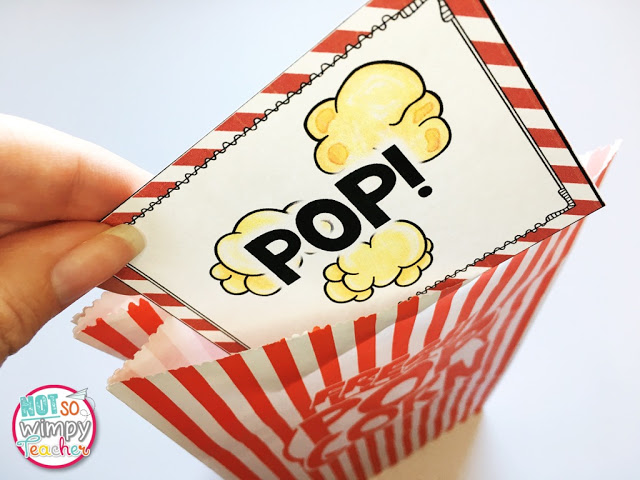 popcorn and the word pop! out of a red and white striped bag as an example of vocabulary activities" width="640" height="480" />
popcorn and the word pop! out of a red and white striped bag as an example of vocabulary activities" width="640" height="480" />
Kids draw cards out of the bag and attempt to correctly spell them. But be careful, you don’t want to draw the Pop! card.
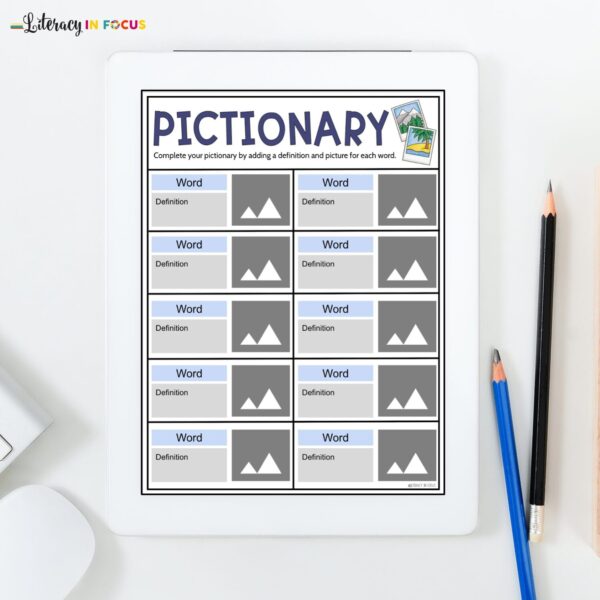
This fun activity requires students to draw a picture for each word to create their own visual dictionary. When students create their own visual representations, they develop an association with the word that they will be able to tap into when needed.
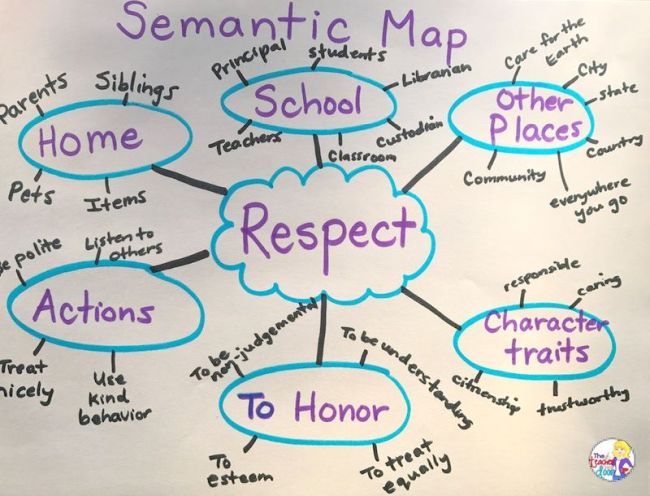
Word maps help deepen understanding of a vocab word by relating it to other words and concepts students already know.
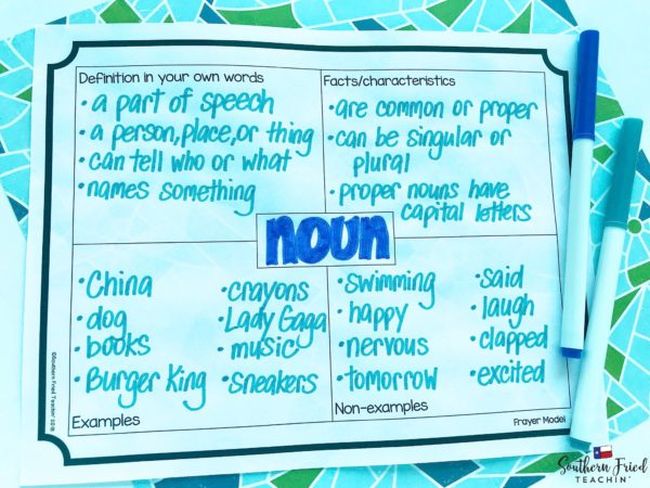
Frayer models are a popular way to learn new words and concepts. Kids define the word in their own terms, then list facts and characteristics, examples, and non-examples.

Kids and teachers love Sketchnotes! Rather than writing out definitions, have students draw a sketch that sums up each word instead. It’s a lot more fun and gives kids an image for visual association to help them remember the meanings.
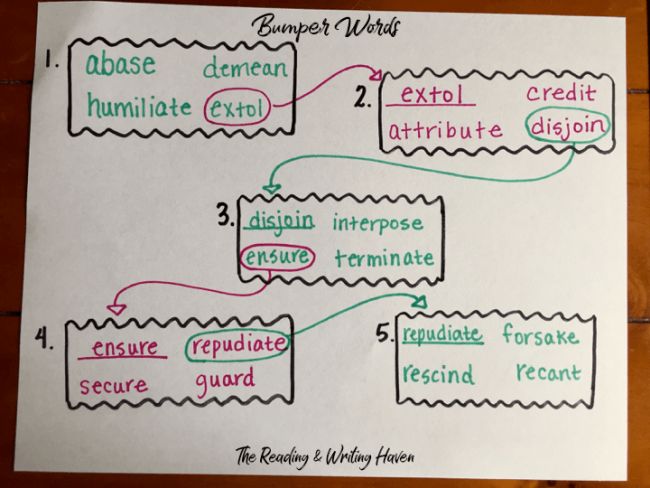
Group vocab words together with a few other words with similar meanings and one that’s an antonym. Students identify the antonym and “bump” it to the next box, filling in the next group of words. They continue until the worksheet is full.
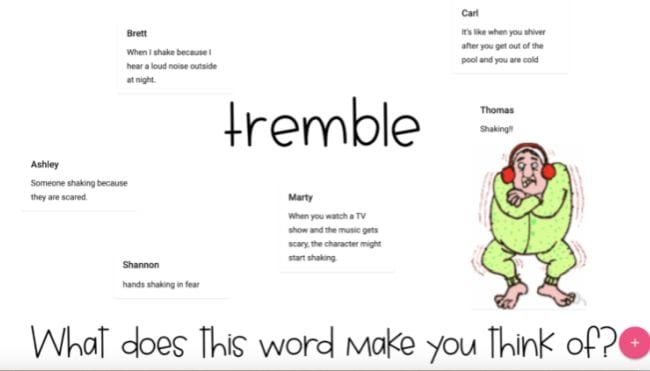
Think of a vocabulary graffiti wall like a collaborative word wall. In the classroom, post the words on the wall and have kids add sticky notes to illustrate the term (they can use words or pictures). Online, try a tool like Padlet or Google Slides.
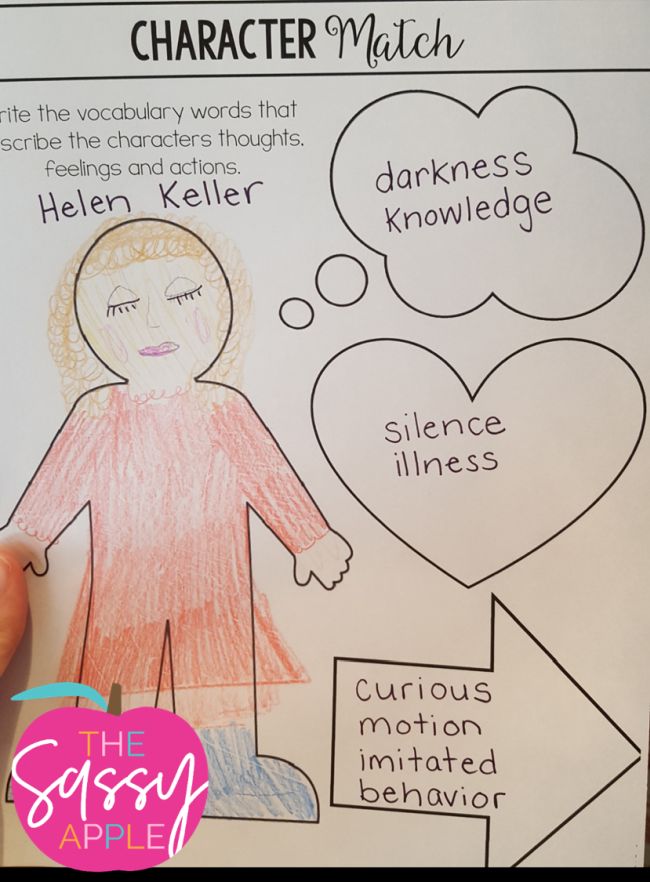
This is a terrific way to practice vocab words pulled from books you’re reading. Ask students to use various words to describe the different characters in the book and their feelings, thoughts, and actions.
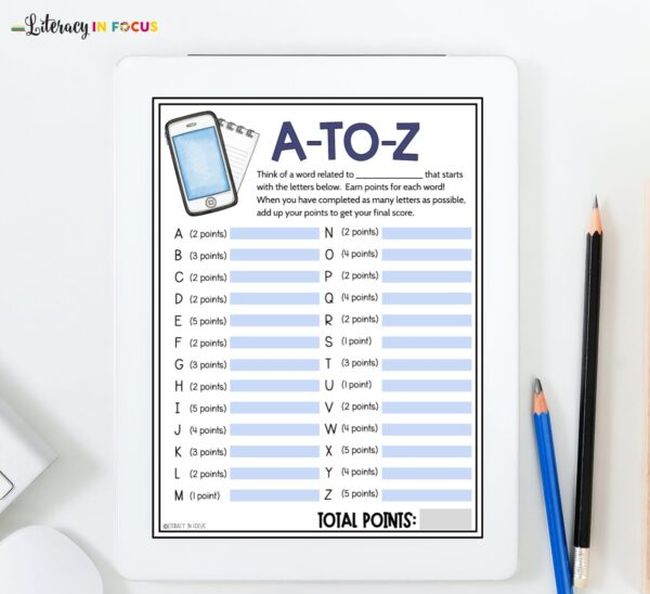
This vocabulary game is fun and challenging, and it can be played by kids of any age. Choose a word, then challenge kids to come up with related words for as many letters as possible. These could be synonyms, antonyms, examples, and more. Trickier letters are worth more points!
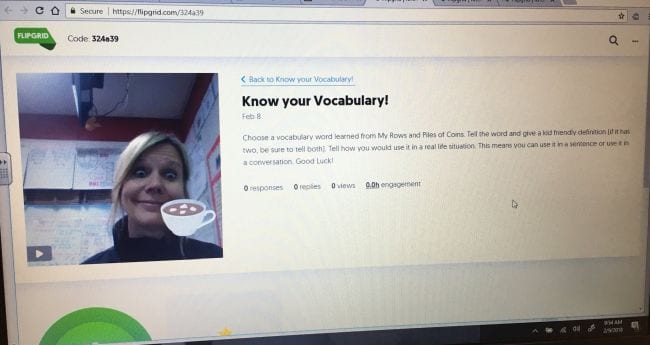
Are you on the Flip (formerly Flipgrid) bandwagon yet? It’s perfect for vocabulary activities! Have kids record a quick video for each word, using their creativity to make it fun and meaningful.
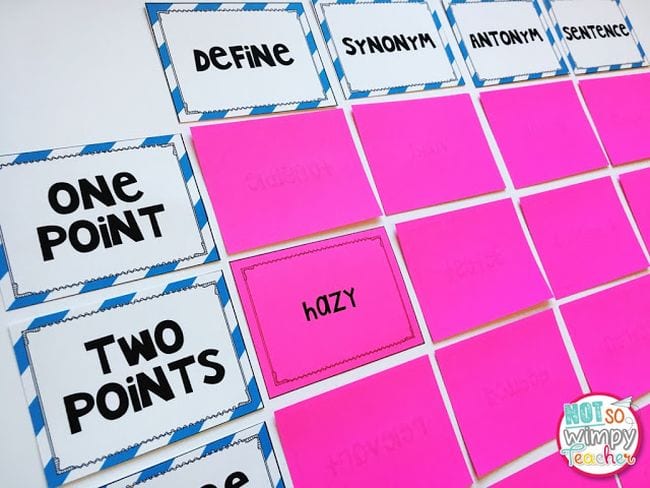
Good vocabulary activities encourage more than just memorization of definitions. That’s why we like this Jeopardy game idea. It explores synonyms and antonyms and how words are used in real sentences.

Writing a story using vocab words is a perennial favorite, but the RAFT method gives it a new twist. Students are assigned a Role (the point of view from which they’ll tell the story), an Audience, a Format, and a Topic. For instance, they might be an astronaut (Role) writing a postcard (Format) to their friends back home (Audience) about what they’ve seen on Mars (Topic). RAFTs are especially great for kids who claim they don’t know what to write about.

Vocabulary words take on greater meaning when students incorporate them into their daily lives. Challenge kids to use their vocab words in conversation and writing outside the language arts classroom. Use the free printable worksheet here to help them keep track of how often they use them.

Colorful organizers like these are terrific vocabulary activities. Want to go digital? Have kids make a slideshow, one slide per word. They can include the same information, but instead of drawing a picture, have them find one online that illustrates the concept.
Learn more: Graphic Organizers at Upper Elementary Snapshots
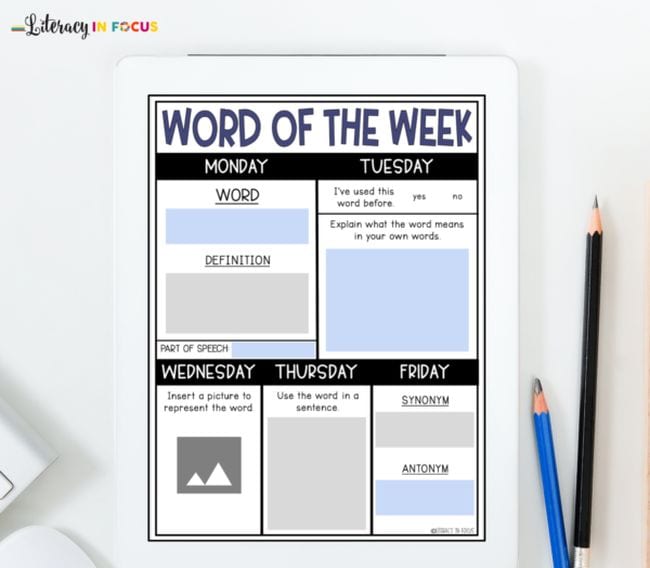
Give really important terms the attention they deserve. Choose a new vocab word each week, then explore it in depth day by day.

Post a list of target vocab words. If a student uses one of the words in class (outside of vocabulary activities), they become a member of the Million Dollar Word Club! You can have them sign their name on a wall in the classroom or award a badge online. You could even develop this into a reward system for homework passes or extra credit.
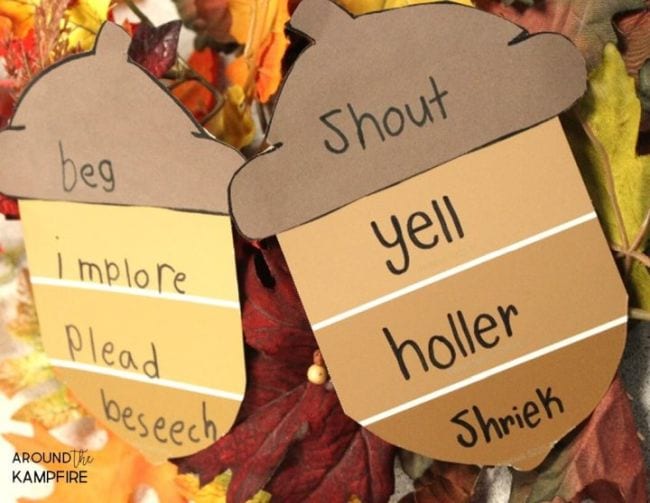
This is a cool idea for exploring synonyms and the slight differences that make words unique. Ask for paint sample strips at your local hardware store, or buy a clip art set.
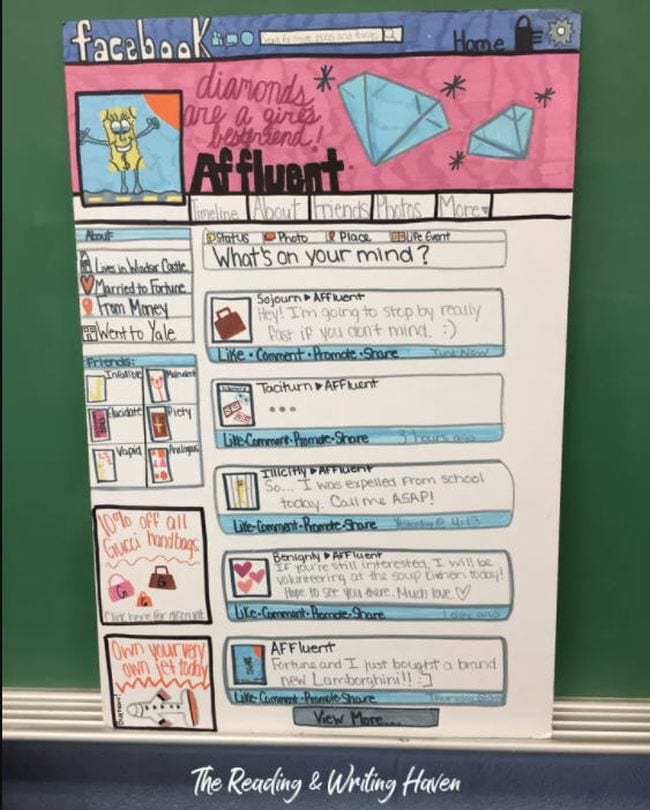
This is one of those vocabulary activities kids will want to do over and over again! Assign each student a word and have them create a faux Facebook, Instagram, or other social media page for it. They can draw them freehand or complete a template like these from Teachers Pay Teachers. Post the images to a shared Google slideshow so other students can use them for review.

Have students draw a diagonal line across an index card. On the top half, have them write the vocabulary word and definition. On the bottom half, have them draw a picture of the word and use it in a sentence. Cards can be joined together in a strip for easy review.

In this game, the goal is for one student to get their partner to guess the word by describing or giving examples of it. The trick? There’s a list of additional words they’re not allowed to use! Let other students see the card in advance to help keep the players honest. (Flash it on a whiteboard and have the guesser face away.)
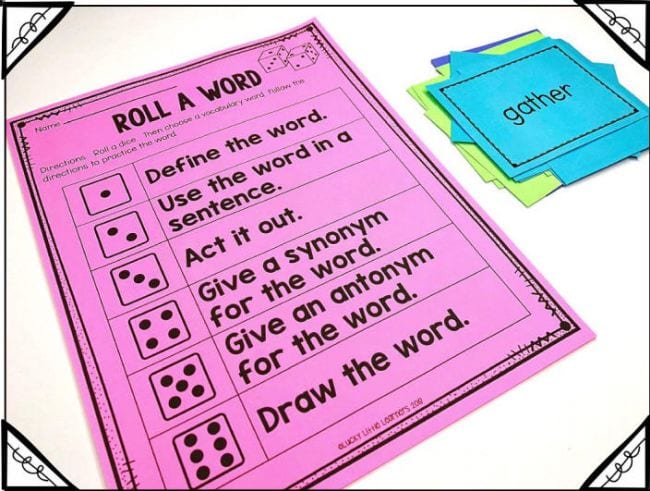
Choose a vocab word, then have a student roll a die (these virtual dice are handy) to see which activity they get to complete.
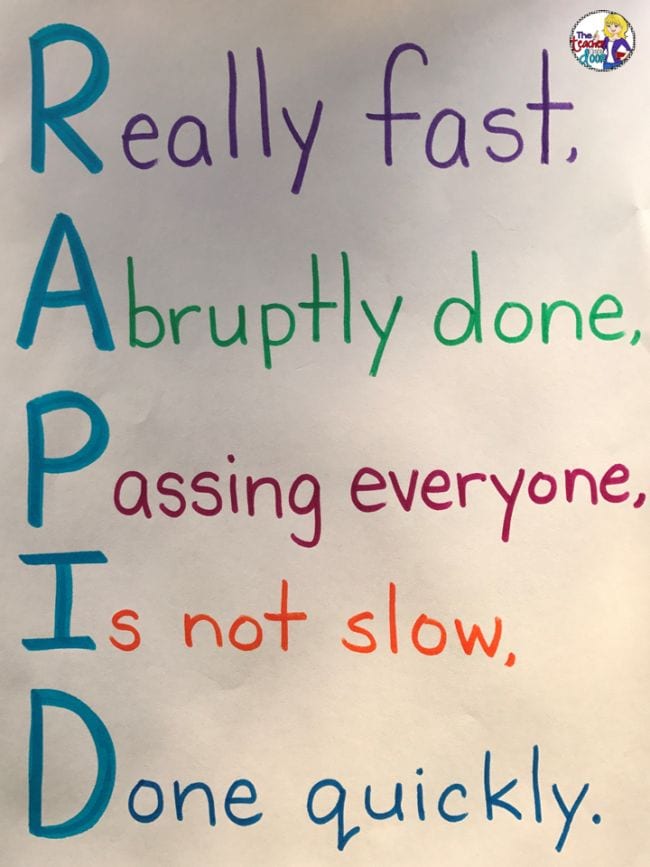
Write an acrostic poem for each vocab term, using the letters to determine the first word in each line. This can get really challenging when words are longer!
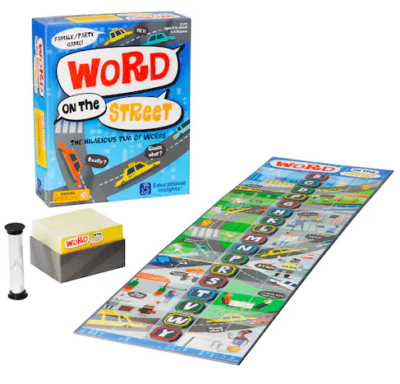
Everyone knows that playing games is the best way to learn. Try some of these fabulous board games with your students and watch their vocabularies grow.

This is one of those picture books that grown-up kids will enjoy as much as little ones. Use it to remind your kids that they don’t need a vocabulary list to learn new words—new words are all around them. Encourage them to keep a word list or journal of their own to record new words they want to explore and use more often.

Make or buy headbands with a notch on the front designed to hold a card. Create cards with vocabulary words on them. To play, each student gets a card but can’t see it. Other students will describe the word, trying to get the one wearing the headband to guess the correct word.

A fun and lively way to practice vocabulary words. Create a deck of vocabulary words with two of each word. Explain the rules of Go Fish to students and let them loose!

Using wooden letter beads and pipe cleaners, students will form three-letter words that match vocabulary cards.

Everybody loves an exciting round of charades. Break your students into groups, provide them with a stack vocabulary cards, and watch them learn!
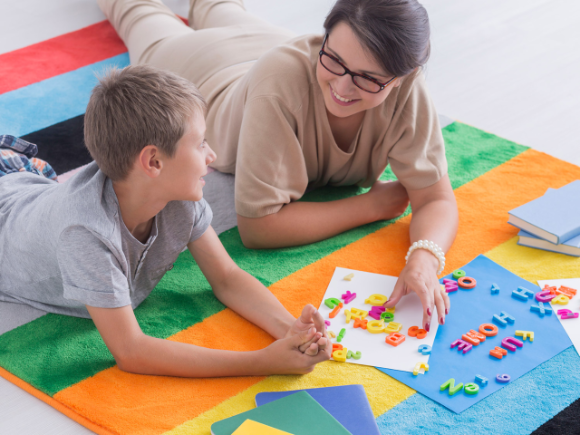
Use plastic letters, magnet letters, or letter blocks to make words. Play it mentally with older kids, or with paper and pencil. Simply give your children some letters and challenge them to make words from those letters.
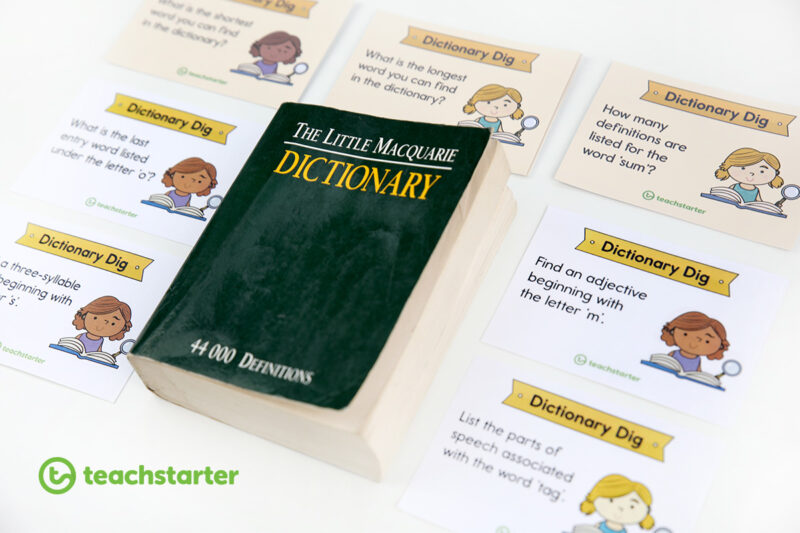 cards as an example of vocabulary activities" width="800" height="533" />
cards as an example of vocabulary activities" width="800" height="533" />
Send your students on a scavenger hunt … in the dictionary! Exposing kids to the thousands of words in our language is both inspiring and fun. Download the free task cards below.